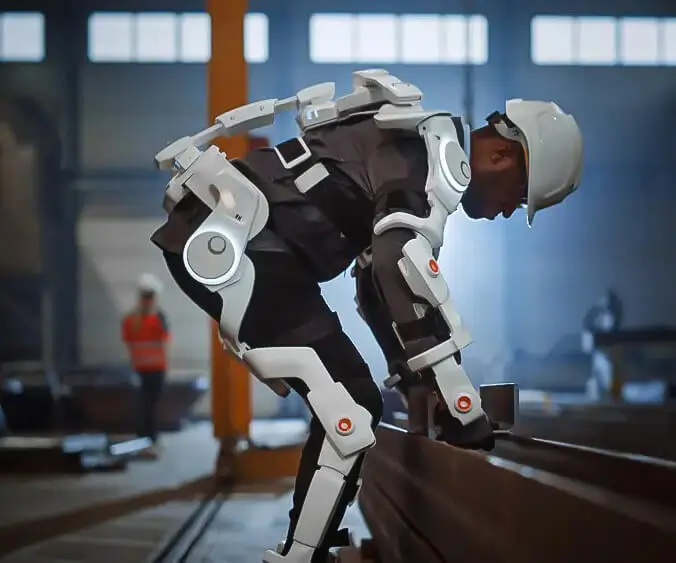Imagine a world where your homemade robot waves hello, a camera pans smoothly to capture the perfect shot, or an art installation responds dynamically to its environment—all powered by tiny yet mighty components called servo motors. At the heart of many DIY electronic projects lies the humble servo motor, a device that converts electrical signals into precise mechanical movements. When paired with an accessible platform like Arduino, servo motors become the backbone of countless creative ventures, from educational demonstrations to complex robotics.

What makes servo motors particularly exciting for enthusiasts and hobbyists? Unlike regular motors, which spin freely, servos are designed for controlled, accurate position adjustments. They contain a built-in feedback system that ensures the motor’s shaft is exactly where you want it to be, even if external forces try to push it off course. This capability unlocks a universe of applications: robotic arms that mimic human gestures, automated camera gimbals, or even animatronic figures that breathe life into your DIY projects.
Getting started with Arduino servo motor control is straightforward. The hardware setup is minimal—just a servo motor, some jumper wires, and an Arduino board—yet the creative possibilities are limitless. The servo communicates with the Arduino through a simple PWM (Pulse Width Modulation) signal: by varying the pulse width, you can tell the servo to move to a specific angle, usually between 0 and 180 degrees.
Before diving into coding, it’s helpful to understand the core concepts behind servo operation. Essentially, the servo motor comprises a small motor coupled with a potentiometer—a kind of voltage divider that maintains feedback on the current shaft position. The control system compares the desired position with the feedback and continuously adjusts the motor’s rotation until the two align. This closed-loop system allows for precise, repeatable movements, making servos ideal for positioning tasks.
One of the most widely used Arduino libraries for servo control is the “Servo” library, which simplifies communication and offers an intuitive API. With this library, you can attach a servo to a specific digital pin, then command it to move to a value representing the angle, in degrees, from 0 to 180. For example, this simple setup can make a servo oscillate back and forth or respond to user input.
Here’s a basic example of how to control a servo motor with Arduino:
#include Servo myServo; // create servo object void setup() { myServo.attach(9); // attaches the servo on pin 9 } void loop() { for (int pos = 0; pos <= 180; pos += 1) { // goes from 0 to 180 degrees myServo.write(pos); // tell servo to go to position in variable 'pos' delay(15); // waits 15ms for the servo to reach the position } for (int pos = 180; pos >= 0; pos -= 1) { // goes back from 180 to 0 degrees myServo.write(pos); delay(15); } }
In this example, the servo gradually moves from 0 to 180 degrees and back, illustrating a simple sweeping motion. Adjusting the delay or the range allows you to customize the movement’s speed and extent.
But the real magic happens when you integrate servo control into your own projects. Imagine programming a robotic hand that responds to sensor input, or creating a dynamic art piece that reacts to environmental stimuli. Servos can also be combined in multiple units to build articulated limbs, rotating platforms, or camera rigs for smooth panoramic shots.
Of course, understanding the hardware specifics is vital. Standard servos operate on 5V power from the Arduino, but larger or more power-hungry models may require an external power supply to prevent drawing too much current from the microcontroller. Always verify the servo’s specifications and ensure your power setup can handle the load, especially when stacking multiple servos.
Another crucial aspect is understanding the limits of your servo. Most digital servos can handle between 1000 and 2000 microseconds pulse widths, corresponding roughly to 0 to 180 degrees. Some advanced models might extend this range, but exceeding the specified limits can damage the servo or reduce its lifespan. When designing your projects, think carefully about the range of motion needed and make sure the servo can comfortably operate within its designed parameters.
With these basics, you’re well on your way to exploring more nuanced control techniques. For instance, you might want to implement incremental or smooth motions, adjust for load, or integrate sensors for feedback-based positioning. These advanced methods open new horizons of precision and adaptability.
Additionally, tuning your servo's speed and acceleration can make movements appear more natural and less abrupt—ideal for humanoid robots or artistic installations. Many firmware and libraries support such features, which you can experiment with as your skills grow.
In the next section, we’ll explore practical projects, troubleshooting tips, and creative ideas to transform your servo control skills from simple movements to complex automation. Whether you’re a hobbyist or aspiring engineer, understanding the intricacies of servo motor control with Arduino unlocks a new level of interactive, responsive design. Keep experimenting—your next masterpiece awaits!
Leveraging innovations in modular drive technology, Kpower integrates high-performance motors, precision reducers, and multi-protocol control systems to provide efficient and customized smart drive system solutions.




































